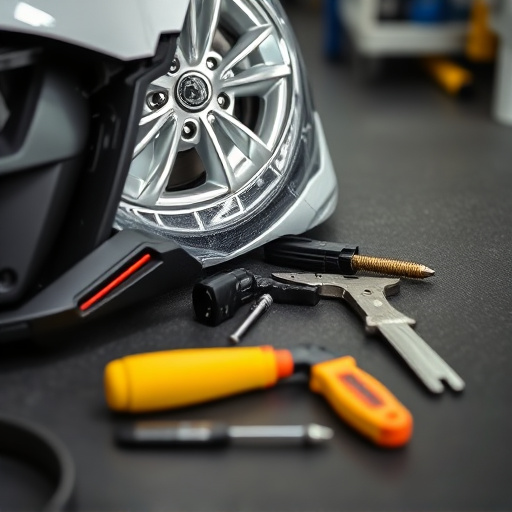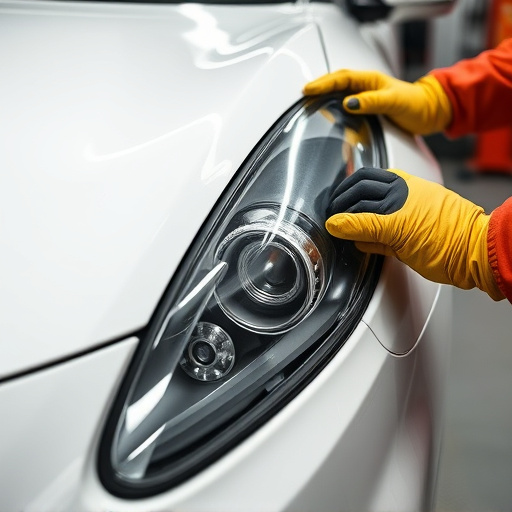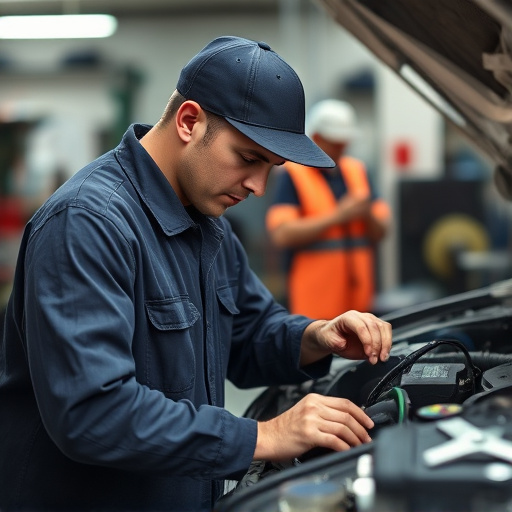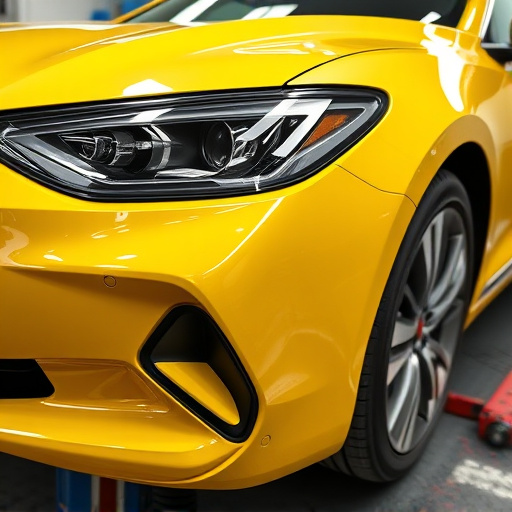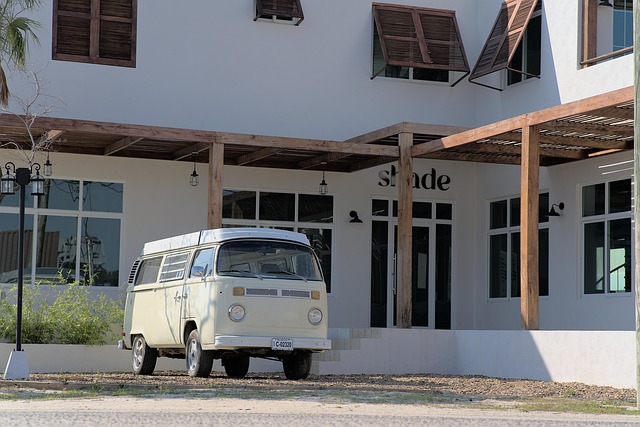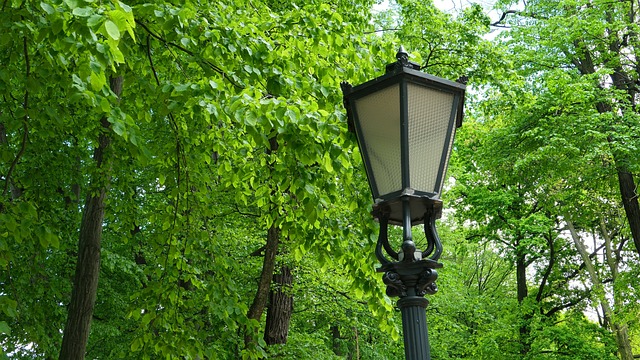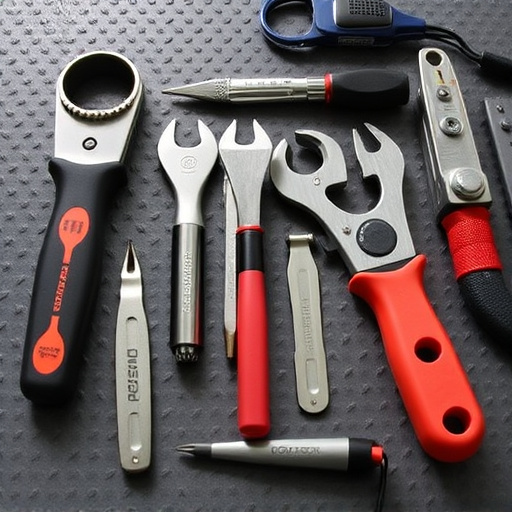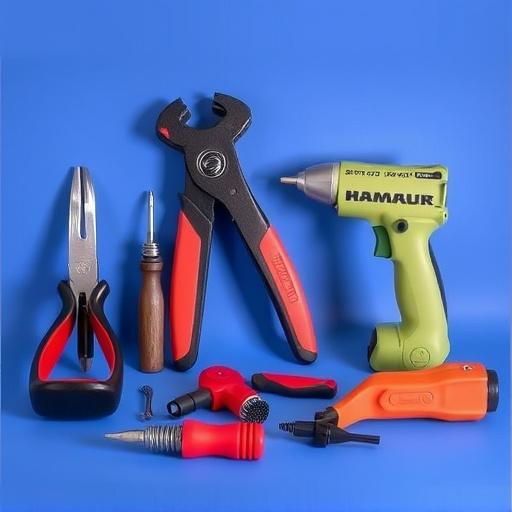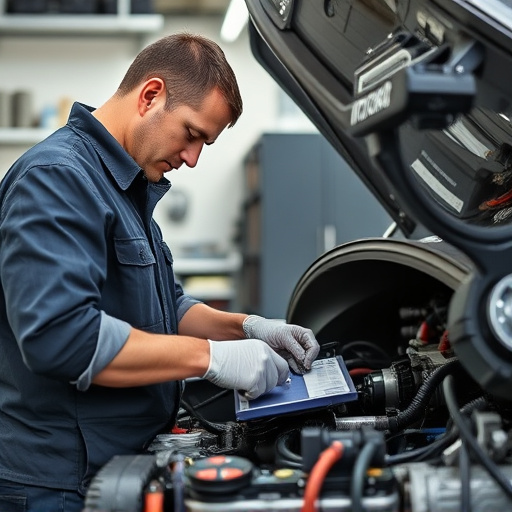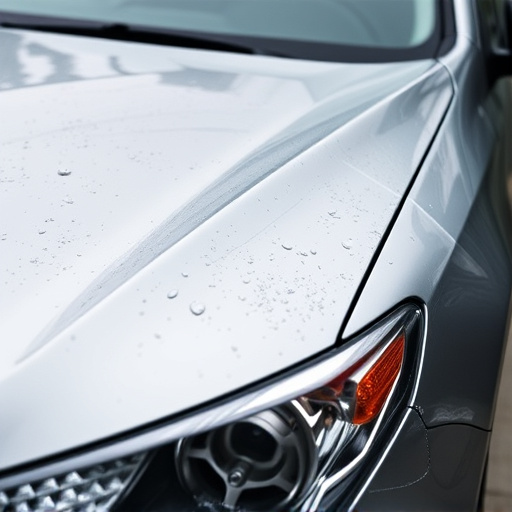Convertible top collision repair demands specialized care for optimal performance and longevity, addressing issues like punctures, tears, misaligned rollers from accidents and harsh weather degradation. Proper preparation, including a clean workspace, safety gear, and vehicle securing, minimizes risks. The reattachment process ensures canopy integrity through meticulous inspection, precise alignment, secure fastening, and specialized tools, replicating original craftsmanship post-repairs.
In today’s digital era, convertible tops offer a unique driving experience but require meticulous care during repairs. This article delves into best practices for protecting these delicate structures after a collision. We explore common damage types, essential preparation steps, and expert techniques for secure reattachment, ensuring your convertible top functions seamlessly while preserving its vibrant aesthetic. Remember that proper repair methods are key to maintaining the vehicle’s value and performance in the world of convertible top collision repair.
- Understanding Common Convertible Top Damage
- Preparation and Safety Measures Before Repair
- Expert Techniques for Secure Reattachment
Understanding Common Convertible Top Damage
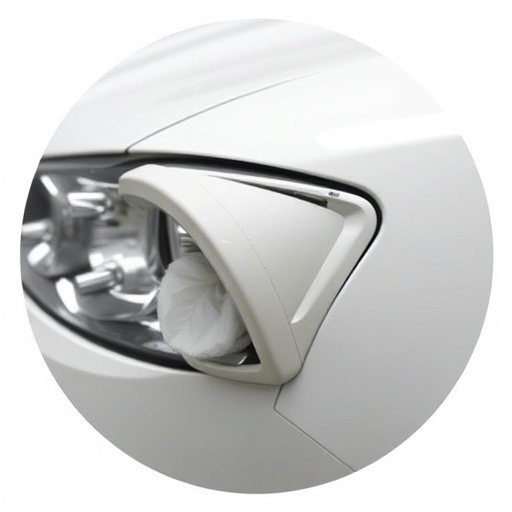
Convertible tops are intricate mechanisms that require meticulous care during repairs to ensure their longevity and proper functioning. Understanding common types of damage is the first step in effective convertible top collision repair. One of the most frequent issues arises from accidents, where sharp objects like debris or rocks can puncture or tear the fabric, causing significant structural damage. Such collisions may also lead to misalignment of the top’s rollers or tracks, hindering smooth operation.
Additionally, exposure to harsh weather conditions, such as UV radiation and extreme temperatures, can degrade the material over time, making it more susceptible to tears and rips. Regular maintenance checks for signs of wear and tear are essential in mitigating these issues. Identifying and addressing problems early on through comprehensive auto glass repair and collision damage repair services can extend the life of a convertible top, ensuring car owners enjoy their open-air driving experience without interference from faulty mechanisms.
Preparation and Safety Measures Before Repair
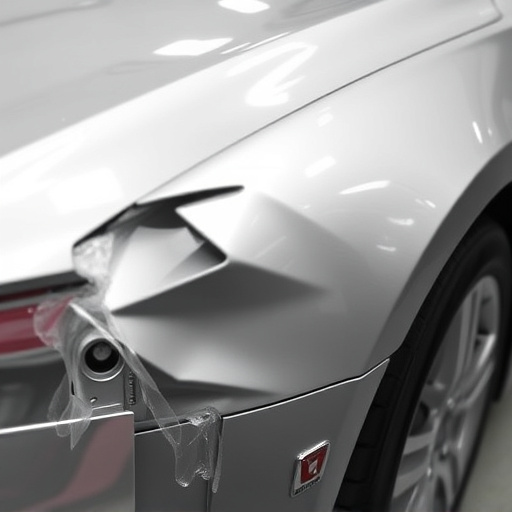
Before starting any convertible top collision repair, thorough preparation and safety measures are paramount. Begin by ensuring the workspace is clean and well-lit to facilitate precise work. All necessary tools and replacement parts specific to convertible tops should be readily available to avoid delays. Safety gear, including gloves, eye protection, and a dust mask, is essential for protecting against debris and chemicals used in the repair process.
Additionally, it’s crucial to secure the vehicle properly to prevent any further damage or misalignment during repairs. Jacking up the car and using wheel chocks ensures stability, especially if the fender bender caused significant dents or damage to surrounding panels. In cases of severe vehicle dent repair, professional assistance might be required to avoid structural compromise. Remember that proper preparation minimizes risks associated with convertible top collision repair, ensuring a safer environment for both technicians and the vehicle.
Expert Techniques for Secure Reattachment
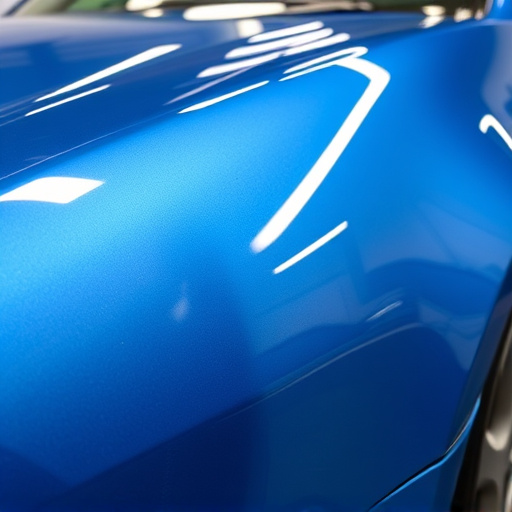
When dealing with convertible top collision repair, securing the reattachment process is paramount to ensure the integrity and functionality of the vehicle’s canopy. Auto repair services that specialize in convertibles employ expert techniques to handle this delicate task. They begin by thoroughly inspecting the existing hardware and replacement parts to identify any potential issues or weaknesses. This meticulous approach guarantees that every component is in optimal condition before reattachment, minimizing the risk of future problems during operation.
The actual reattachment involves precise alignment and secure fastening of the top to its frame. Technicians use specialized tools to adjust tension and ensure a tight seal, preventing any unwanted separation. Given the intricate design of convertibles, this process requires skill and experience to match the vehicle’s original craftsmanship, especially after repairs for dents or fender damage are completed.
Protecting your vehicle’s convertible top during repairs is crucial, ensuring a seamless transition between fixed and open driving modes. By understanding common damage, taking safety precautions, and employing expert techniques for reattachment, you can significantly reduce the risk of misalignment or permanent damage. Following these best practices for convertible top collision repair will help maintain the integrity and aesthetic appeal of your vehicle’s unique feature.
